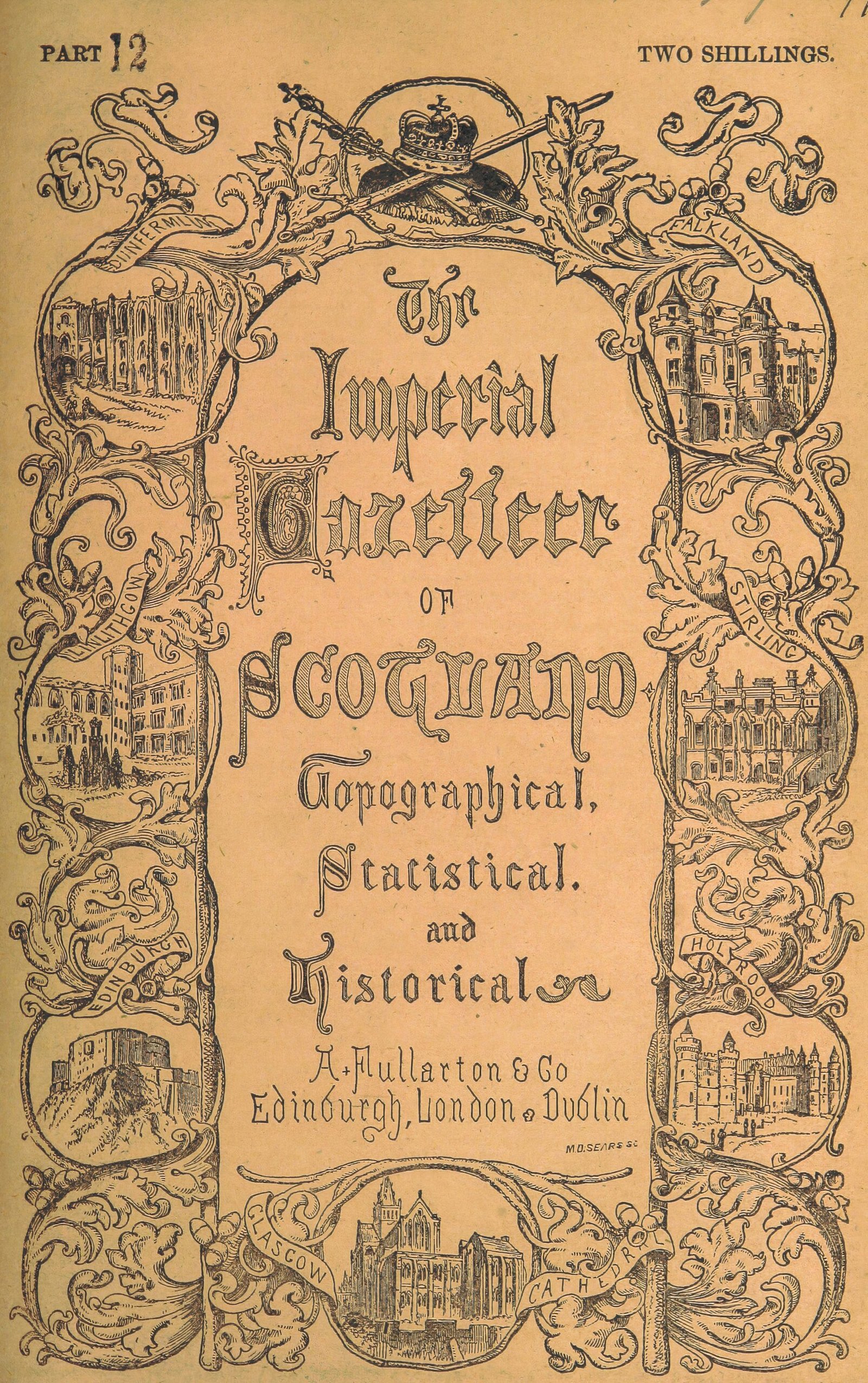The Importance of Good Patter in a Magic Act

Photo by <a href="https://unsplash.com/@bykrystal" rel="nofollow">Krystal Ng</a> on <a href="https://unsplash.com/?utm_source=hostinger&utm_medium=referral" rel="nofollow">Unsplash</a>
Understanding Patter: The Art of Conversation
Patter, in the context of magic acts, refers to the dialogue that a magician engages in with their audience during a performance. This conversational element is an integral component that not only complements the visual elements of the magic but also significantly influences the overall experience for spectators. The term comprises a variety of techniques, including storytelling, humor, and engaging anecdotes, which collectively aim to captivate and maintain audience interest.
The role of patter extends beyond mere dialogue; it serves to establish a connection between the performer and the audience. Through effective communication, a magician can set the tone of the performance and create an atmosphere conducive to amazement and wonder. For instance, a light-hearted patter can evoke laughter and set a playful mood, while a more serious narrative can build suspense, enhancing the anticipation of the illusion about to unfold. This careful orchestration of words contributes to the emotional response elicited from the audience, thereby enhancing their enjoyment of the performance.
Moreover, the rhythm and timing of patter are critical. A well-timed quip or pause can amplify the effect of a magical revelation, drawing the audience’s focus and increasing their astonishment. The interplay of silence and dialogue facilitates not only comedic moments but also dramatic tension, which can elevate the performance. By employing these techniques effectively, magicians can ensure that their patter becomes an essential part of their act, weaving seamlessly into the fabric of the magical experience.
Ultimately, understanding the importance of patter in magic acts is crucial for performers aiming to create memorable experiences. The dialogue not only enriches the performance but also strengthens the magician’s rapport with the audience, making the overall act more impactful and enjoyable.
Building a Connection with Your Audience
Establishing a strong rapport with the audience is a critical aspect of any successful magic act. The use of effective patter – the dialogue and interaction between the magician and spectators – serves as a vital bridge that connects the performer with the viewers. When magicians utilize patter thoughtfully, they can create an immersive experience that captures the audience’s attention, transforming mere tricks into memorable moments.
A vital technique for achieving this connection is through humor. Incorporating light-hearted jokes or playful banter not only entertains but also eases any tension that an audience may feel. Humor fosters an atmosphere of enjoyment, encouraging viewers to relax and engage more openly with the performance. This playful interaction allows the audience to feel as if they are part of the experience rather than mere observers, thereby enhancing the magical experience.
Storytelling also plays an essential role in creating bonds between the magician and the audience. By weaving narratives into performances, magicians can evoke emotions and imaginations, enriching the context of each trick. An engaging story can turn a simple coin disappearance into an adventure filled with intrigue and suspense, capturing the audience’s interest beyond the mechanics of the trick itself. This emotional investment leads to a more impactful performance, as the audience becomes connected to the magic on a personal level.
Additionally, personalized interactions can significantly bolster the connection. By addressing individual members of the audience, recognizing their reactions, and inviting them to participate in the performance, magicians create an inviting environment. Tailoring interactions helps to forge a sense of inclusion and belonging, making the audience feel valued. Such moments can greatly amplify the emotional impact of the performance and enhance the overall experience of magic.
In essence, the interplay between effective patter and the audience can elevate a magic act from a simple performance to a captivating experience, laying the foundation for lasting memories.
Timing and Delivery: The Rhythm of Magic
In the realm of magic, patter serves as more than mere words; it is an essential mechanism that enhances the overall illusion. Timing and delivery are pivotal elements that contribute significantly to the effectiveness of a magician’s performance. The pacing at which a magician delivers their patter can create a rhythm that captivates the audience, drawing them deeper into the illusion being presented. A well-timed joke or a cleverly placed comment can enhance the sense of wonder and engagement, allowing spectators to not only witness magic but to feel it.
Moreover, the tone and inflection of a magician’s voice play a critical role in maintaining audience interest and anticipation. A commanding tone can establish authority, while a lighter, whimsical voice can evoke laughter and joy. Variations in vocal delivery can keep an audience on their toes, as fluctuations in tone can hint at upcoming surprises or heighten the tension of the performance. This intricate play of voice modulation invites the audience to become participants in the experience, rather than distant spectators.
The strategic use of pauses is particularly important in the realm of magic. A well-placed pause allows the information to sink in, creating a build-up of tension and intrigue. This dramatic effect not only gives the audience time to process what they have just witnessed, but it also enhances the overall illusion when the revelation occurs. The careful orchestration of timing, delivery, and pauses can lead to heightened emotions among the audience, making them more responsive and engaged with the act. Ultimately, effective timing and delivery in patter are critical in crafting a compelling magical experience that resonates with viewers long after the performance has concluded.
Creating Intrigue and Suspense
Within the realm of magic, the art of patter plays a pivotal role in establishing intrigue and suspense. Magicians masterfully weave a narrative, using carefully selected words to engage the audience and evoke curiosity. This combination of storytelling and performance fosters an atmosphere charged with anticipation, which enhances the overall impact of their tricks. By utilizing various techniques, magicians can maintain a delicate balance between revelation and obscurity, keeping spectators on the edge of their seats.
One effective method of generating intrigue is through the strategic use of misdirection. By directing the audience’s focus onto a particular story element or a seemingly mundane detail, magicians can manipulate their attention away from the secret mechanics of the illusion. This leads to an element of surprise when the secret is ultimately unveiled, serving to magnify the wonder associated with the trick. Additionally, employing rhetorical questions or ambiguous statements within the patter encourages audiences to ponder possibilities, further heightening engagement and eagerness.
Furthermore, narrative construction is another vital aspect of good patter that contributes to suspense. By establishing a compelling storyline, magicians can create emotional stakes for the audience. When spectators become invested in the narrative, they are more likely to be drawn into the experience, making the eventual revelation of the trick all the more powerful. Utilizing cliffhangers or teasing forthcoming outcomes allows magicians to maintain an anticipatory atmosphere, as the audience awaits the final resolution of the story.
In conclusion, the integration of effective patter into a magic act serves not only to entertain but also to cultivate an environment ripe for intrigue and suspense. Through misdirection and engaging storytelling, magicians enhance the viewer’s experience, transforming each illusion into a captivating journey that lingers in their memories long after the performance concludes.
Enhancing the Illusion: How Patter Complements Tricks
In the realm of magic, the role of patter is crucial in elevating the overall experience for the audience. Patter refers to the dialogue and commentary a magician employs during their performance, serving not only to engage but also to guide the audience’s focus. By intertwining verbal cues with visual tricks, magicians can effectively enhance the illusion, creating a seamless blend of entertainment and wonder.
One prominent technique employed by magicians is the strategic use of language to misdirect attention. For instance, during a card trick, a magician may narrate a compelling story or ask thought-provoking questions that divert spectators from observing the precise actions necessary to accomplish the trick. This clever misdirection enables the performer to execute maneuvers unnoticed while capturing the audience’s imagination. Patter often serves a dual purpose: it entertains while simultaneously steering the viewer’s gaze away from the methods behind the magic.
Moreover, the emotional connection established through patter can potentiate the effectiveness of the corresponding tricks. A magician who masterfully blends humor or drama into their dialogue often finds the audience more invested in the performance. For example, routines that feature witty anecdotes or poignant narratives not only keep the audience engaged but also create a potent atmosphere for disbelief, wherein spectators are more willing to suspend their judgment about reality. This interplay between patter and illusion is crucial for successful performances, such as those seen in classic acts like Penn & Teller’s routines, where the storytelling aspect is as vital as the visual spectacle.
In essence, patter acts as a powerful tool for magicians, enhancing their illusions and ensuring the audience remains captivated. By effectively incorporating language into their performances, magicians can maintain control over their audience’s focus, ultimately bringing their magical visions to life more convincingly.
Crafting Your Own Patter: Tips and Techniques
Creating engaging patter is a crucial aspect of a successful magic act. It serves not only as a verbal accompaniment to your illusions but also enhances the overall experience for the audience. To begin crafting your own patter, one effective approach is to write scripts that complement your tricks. Consider the narrative element of your performance; each illusion should tell a story that captivates your spectators. Focus on the themes and emotions you wish to convey, guiding your audience through the experience and keeping them invested in the performance.
While scripting is essential, incorporating improvisation can add an element of spontaneity that can thrill your audience. This technique allows you to adapt your patter based on audience reactions, making each performance unique. To practice improvisation, engage in exercises that encourage quick thinking and verbal expression. This may involve performing in front of friends or family and reacting to their feedback, which can lead to organic and humorous exchanges that enhance your act.
Once you have developed your script and practiced improvisation, the next step is to rehearse diligently. Approach rehearsals with the mindset of refining both your patter and physical gestures. Record yourself performing to analyze your delivery and pacing, making adjustments where necessary. Focus on the timing of your lines, ensuring that your spoken patter aligns seamlessly with your magic tricks. Practicing in front of a mirror can also provide insight into your body language and facial expressions, which are integral to audience engagement.
Ultimately, the goal is to create a unique voice and style that reflects your personality as a magician. This personalization makes your performance distinct and memorable. By combining well-crafted scripts, improvisational skills, and strategic rehearsal techniques, you can develop an engaging patter that not only enhances your magic act but also resonates with your audience on a deeper level.
Common Mistakes to Avoid with Patter
In the realm of magic, patter serves as an essential tool for both performance and audience engagement. However, many magicians inadvertently fall into common traps that can detract from their overall effectiveness. Understanding these pitfalls is crucial for refining one’s approach to patter, ensuring a more captivating experience for the audience.
One prevalent mistake is speaking too quickly. In the excitement of performing, magicians may rush through their patter, leaving the audience behind and diminishing the impact of their words. Fast-paced speech often results in key elements of the performance being lost or misunderstood. To combat this, magicians should practice pacing their speech, providing their audience with ample time to absorb both the magic and the accompanying narrative. Incorporating natural pauses can help create suspense and enhance the overall atmosphere of the performance.
Another common error is overloading the audience with excessive information. While it is important to provide context and engage spectators, too much detail can overwhelm them and detract from the magical experience. Striking a balance between informative patter and maintaining an air of mystery is vital. Magicians should focus on highlighting critical points, using simple and relatable language that contributes to the illusion rather than complicates it.
Furthermore, failing to engage the audience directly can lead to a disconnected performance. Effective patter should involve the audience, inviting their participation and emotional investment. Magicians can enhance engagement by employing humor, asking rhetorical questions, or involving audience members in their narratives. This interactive approach fosters a connection that elevates the magic show from mere entertainment to a memorable experience.
By being mindful of these common pitfalls, magicians can significantly enhance their patter and, in turn, the overall effectiveness of their performances. A careful and deliberate approach to communication can transform a good magic act into an exceptional one.
The Role of Audience Feedback in Refining Patter
In the realm of magic, the interplay between the magician and the audience is crucial, particularly regarding the development and refinement of patter. Patter, the dialogue that accompanies the performance, serves as a powerful tool for engaging the audience and enhancing the overall experience. To create an effective patter, magicians must actively seek and embrace audience feedback through various methodologies.
One of the most direct ways to obtain feedback is through live performances. Observing the audience’s reactions during shows can provide immediate insights into which segments of the patter resonate well and which do not. Magicians should pay attention to cues such as laughter, gasps, and engagement levels. Additionally, post-performance discussions with audience members can yield valuable qualitative feedback that can inform adjustments in tone, pacing, or content.
Recordings of performances also serve as an essential tool for feedback collection. By reviewing footage, magicians can objectively analyze their own patter, noting moments that triggered strong reactions versus those that fell flat. This method enables performers to refine their delivery and timing while also allowing them to assess the overall flow of their act. Moreover, sharing these recordings with peers for their critique can provide additional perspectives that the performer may not have considered.
Peer reviews enrich the refinement process as fellow magicians can provide insight based on their own experiences and expertise. They may recognize patterns or elements that the original performer might overlook, enhancing the patter’s effectiveness. Therefore, integrating audience feedback through both informal methods and structured critiques is essential for any magician dedicated to perfecting their art. By understanding audience feelings and reactions, magicians can craft compelling patter that captivates and entertains, ultimately refining their performance and increasing its impact.
The Lasting Impact of Good Patter on Performance Success
Good patter is not merely a supplement to a magic performance; it serves as a fundamental element that can significantly influence the overall success of the act. When a magician incorporates engaging dialogue and skilled storytelling, they create a multifaceted experience that captivates the audience’s attention. This ability to weave narrative with illusion offers spectators a memorable encounter that transcends mere trickery, leading to a deeper emotional connection. As a result, good patter can forge a strong rapport with the audience, which ultimately heightens the impact of the performance.
Moreover, effective patter enhances the understanding of the magic being presented. When explanations and narratives are skillfully delivered, they allow the audience to follow the illusions more easily, fostering an atmosphere of intrigue and excitement. This engagement through thoughtful dialogue encourages spectators to communicate their experiences with others, resulting in organic word-of-mouth advertising. Such ripple effects, generated by a captivating performance anchored in good patter, often lead to repeat performances, as attendees are more likely to return for another enchanting experience.
In essence, the strategic implementation of patter aids in the establishment of a loyal audience base. Spectators who find themselves emotionally engaged and entertained are more inclined to recommend the performance to friends and family. This organic growth of interest can be a cornerstone for any magician aiming for long-term success. As magicians refine their patter, they not only elevate their own performances but also position themselves favorably within the competitive landscape of entertainment. Ultimately, the importance of good patter cannot be overstated; it is a pivotal component in achieving lasting success in the art of magic.




